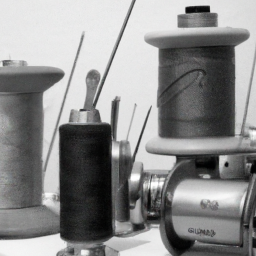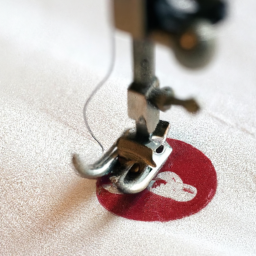
History of Sewing Patterns
Sewing patterns have been an essential tool for creating garments and other textile products for centuries.
Patterns serve as guides for cutting and stitching fabric pieces together to create unique and well-fitted
designs.
Early Beginnings
The history of sewing patterns dates back to ancient civilizations. In ancient Egypt, linen garments were sewn
using basic pattern templates made from parchment or animal skins. Similarly, ancient Greek and Roman
civilizations employed simplistic patterns for creating clothing.

Ancient Egyptian sewing pattern
Modern Development
During the 19th century, sewing patterns experienced a significant transformation. Prior to this era, patterns
were mainly created by tracing around existing garments or by relying on a tailor’s skills.
Charles Frederick Worth, a prominent French fashion designer, revolutionized the way patterns were used in the
fashion industry. He started creating paper patterns based on his designs and allowed his clients to choose
from a selection of styles. This approach laid the foundation for the modern commercial sewing pattern.

Charles Frederick Worth sewing pattern
Mass Production
In the early 20th century, advancements in printing technology allowed for mass production of sewing patterns.
Major companies like McCall’s, Butterick, and Simplicity began producing patterns for home sewers. These patterns
were regularly featured in magazines and made sewing accessible to a wider audience.
The Digital Age
In recent years, sewing patterns have entered the digital age. Many pattern companies offer their designs in
digital formats, allowing customers to print patterns at home. Online platforms and communities connect sewing
enthusiasts worldwide, offering a vast range of patterns and tutorials.

Digital sewing pattern
Conclusion
The history of sewing patterns demonstrates the evolution of fashion and technology. From ancient beginnings to
modern digital formats, sewing patterns remain a vital tool for creating unique and personalized garments.
Whether you prefer traditional paper patterns or embrace the convenience of digital designs, sewing patterns
continue to inspire and empower individuals to express their creativity through the art of sewing.




